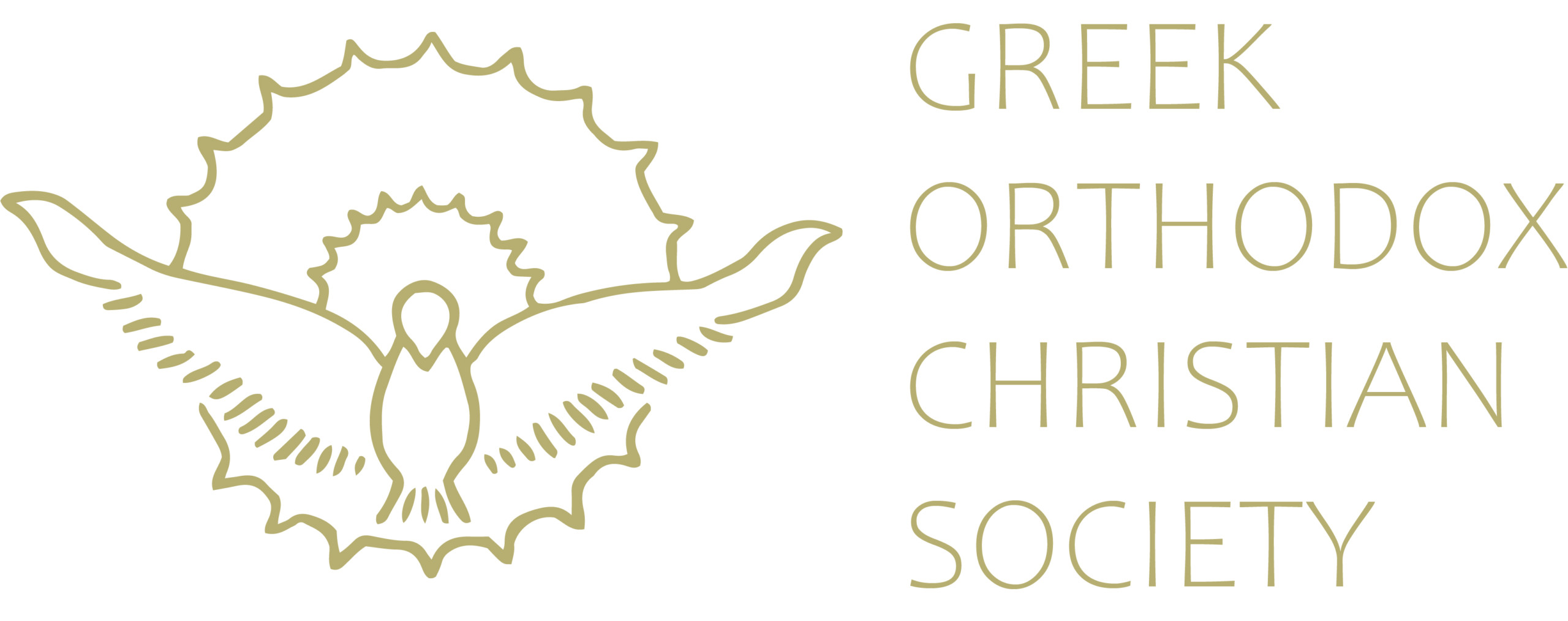The Brothers Karamazov
By Fyodor Dostoevsky
Published by Bantam Classics; Reissue edition – April 1, 1984.
The Brothers Karamazov, as the title suggests, is a story that revolves around a family of three brothers and their wayward father. The story begins with an explanation of the family history that formed the events that take place in the novel, and this introductory section ends with the two older brothers, Ivan and Dimitri, living lives outside of the town of their birth, whereas Alyosha, the youngest brother, has become a novice in the town’s local monastery. The central events in the book then take place as a sort of “family reunion” begins, with the older brothers returning to the town.
In this tale, Dostoevsky has essentially painted a picture of the human being and his relation to his fellow man, from the depths of his sinfulness to heights of his ability to forgive and to love. Dostoyevsky achieves this through his exceptional characters who may seem at first to be over the top or crazier than “normal” people, are actually ordinary humans who have had their inner selves expanded as if under the microscope. This can be observed in the characters of Ivan and Dimitri. Dimitri is at heart a good man, who understands that sin is evil, and yet he so often falls into its vices because of his boisterous and rollercoaster like attitude to life. Ivan on the other hand, plays the “Intelligent Man” filled with wisdom and ideas and yet he has an ongoing internal struggle with the very nature of evil and sin that threatens to drive him mad.
By far the most profound moments throughout Dostoevsky’s novel are to be found within the discourses that occur between characters, often merely used as a way to express an idea that a character has about an aspect of life. Many of these discourses relate to the future of humanity in relation to faith and the human spirit, and are eerily prophetic in their accuracy.
While the novel at times can difficult in its complexity, the grains of pure Orthodox Spirituality that can be found within are definitely worth reading.
Source: February- March 2014 Lychnos Edition

